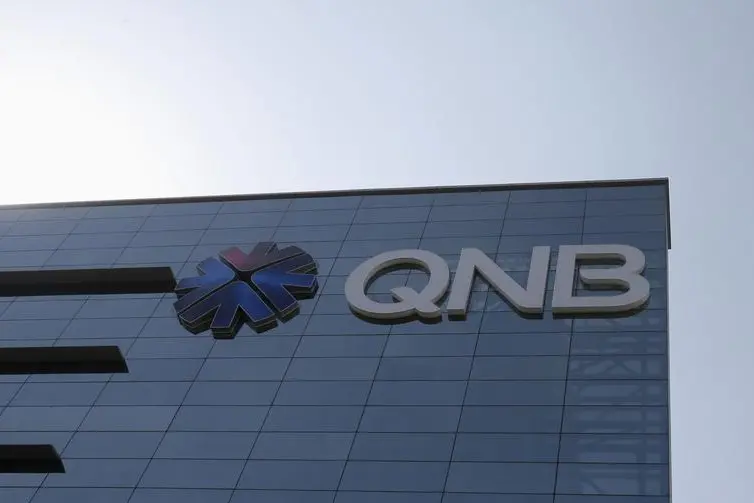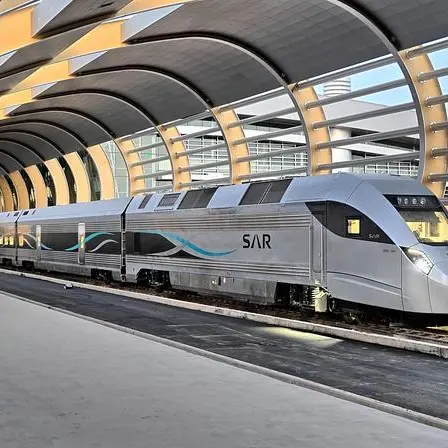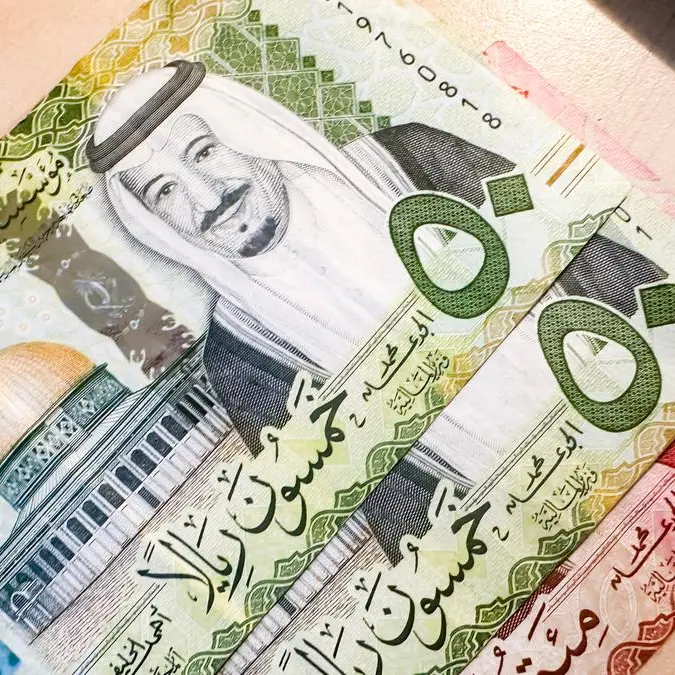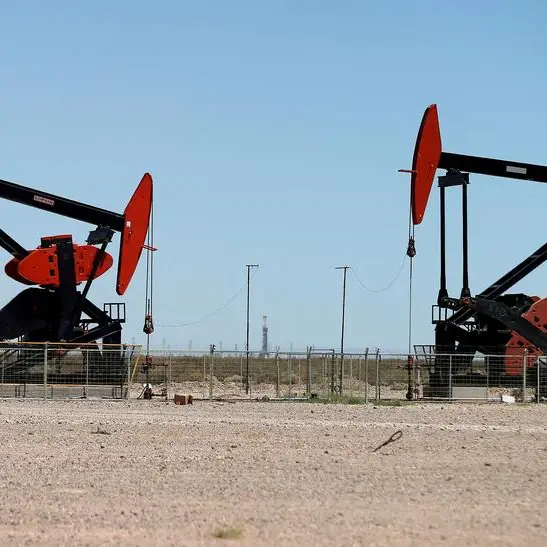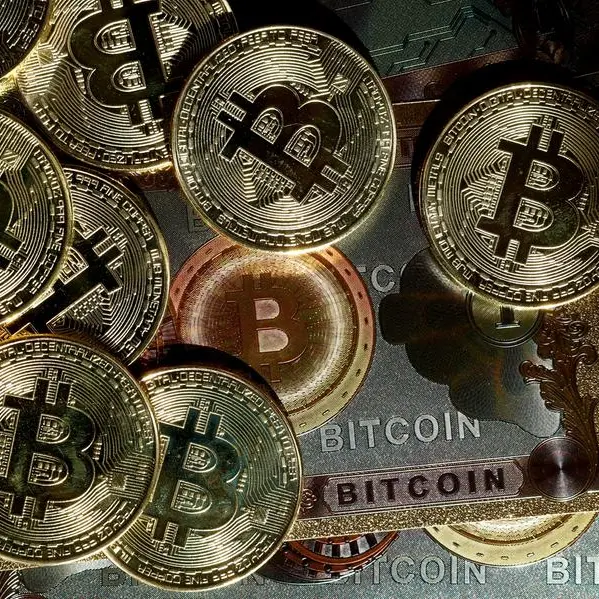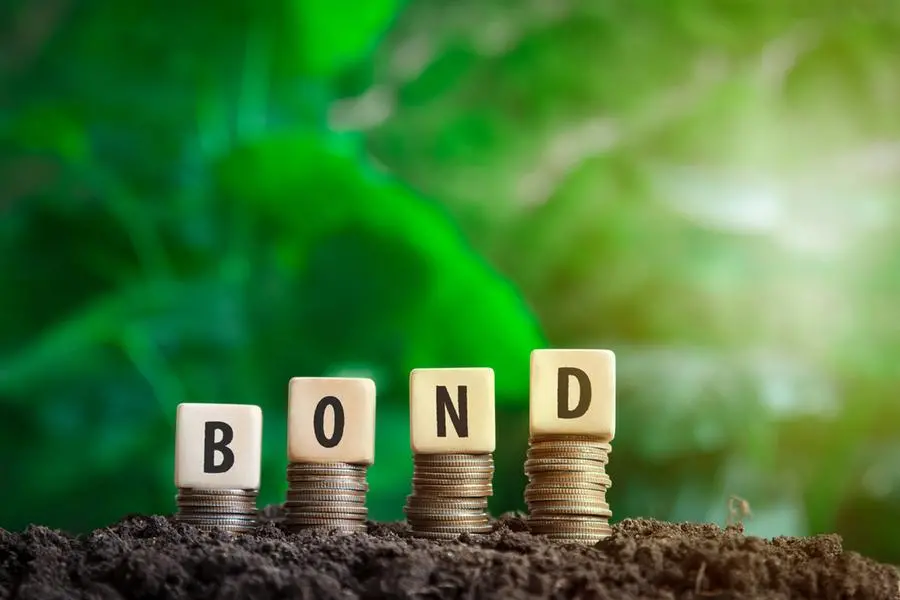PHOTO
05 December 2016
Qatar’s banking sector witnessed a 19.7 percent jump in private sector credit last year. Banks showed higher growth in credit than deposit during 2015. Credit outside Qatar also recorded strong growth (38.1 percent y/y) slightly lower than the previous year, according to Qatar Central Bank (QCB).
The surge in private sector credit reflected robust non-hydrocarbon sector growth on one hand and government’s push for greater involvement of the private sector as part of economic diversification.
Within the private sector, credit growth in the real estate and industry was higher than the previous year. Growth in credit to trade, contractors, consumption and services sectors decelerated, partly reflecting the base effect of high growth in the previous year.
There was also significant change in the currency composition of both deposit and credit during the year. Growth in local currency credit decelerated, while growth in foreign currency credit accelerated. The deceleration in local currency credit reflected local currency credit inside Qatar, while growth in foreign currency credit reflected higher growth in foreign currency credit inside Qatar. Growth in foreign currency credit outside Qatar continued to be strong (39.9 percent), in line with sharp growth in foreign currency deposits outside Qatar (92.7 percent), the central bank’s annual report noted.
The country’s nominal non-oil GDP continued its pace of growth in 2015, though lower than in the previous year. The performance of all non-oil sectors was mostly positive during 2015, where all of them had witnessed an increase in their nominal terms. On the other hand, real non-GDP growth decelerated to 7.8 percent, compared to 10.6 percent in 2014; however, it has contributed with all the increase witnessed in real GDP, offsetting the decline in real oil GDP.
A sectoral analysis of non-oil GDP shows Finance, Insurance, Real Estate and Business Services (FIRB) sector was the largest among all non-oil sectors (both in nominal and constant prices). Due to a 43 percent decline in oil prices in the global markets during 2015, GDP of oil&gas sector at current prices declined 43.7 percent. Accordingly, the relative importance of oil&gas share in GDP at current prices decreased by 14.9 percentage points to 36.2 percent in 2015, compared to 51.1 percent in the previous year.
Qatar’s banking sector witnessed a 19.7 percent jump in private sector credit last year. Banks showed higher growth in credit than deposit during 2015. Credit outside Qatar also recorded strong growth (38.1 percent y/y) slightly lower than the previous year, according to Qatar Central Bank (QCB).
The surge in private sector credit reflected robust non-hydrocarbon sector growth on one hand and government’s push for greater involvement of the private sector as part of economic diversification.
Within the private sector, credit growth in the real estate and industry was higher than the previous year. Growth in credit to trade, contractors, consumption and services sectors decelerated, partly reflecting the base effect of high growth in the previous year.
There was also significant change in the currency composition of both deposit and credit during the year. Growth in local currency credit decelerated, while growth in foreign currency credit accelerated. The deceleration in local currency credit reflected local currency credit inside Qatar, while growth in foreign currency credit reflected higher growth in foreign currency credit inside Qatar. Growth in foreign currency credit outside Qatar continued to be strong (39.9 percent), in line with sharp growth in foreign currency deposits outside Qatar (92.7 percent), the central bank’s annual report noted.
The country’s nominal non-oil GDP continued its pace of growth in 2015, though lower than in the previous year. The performance of all non-oil sectors was mostly positive during 2015, where all of them had witnessed an increase in their nominal terms. On the other hand, real non-GDP growth decelerated to 7.8 percent, compared to 10.6 percent in 2014; however, it has contributed with all the increase witnessed in real GDP, offsetting the decline in real oil GDP.
A sectoral analysis of non-oil GDP shows Finance, Insurance, Real Estate and Business Services (FIRB) sector was the largest among all non-oil sectors (both in nominal and constant prices). Due to a 43 percent decline in oil prices in the global markets during 2015, GDP of oil&gas sector at current prices declined 43.7 percent. Accordingly, the relative importance of oil&gas share in GDP at current prices decreased by 14.9 percentage points to 36.2 percent in 2015, compared to 51.1 percent in the previous year.
© The Peninsula 2016
